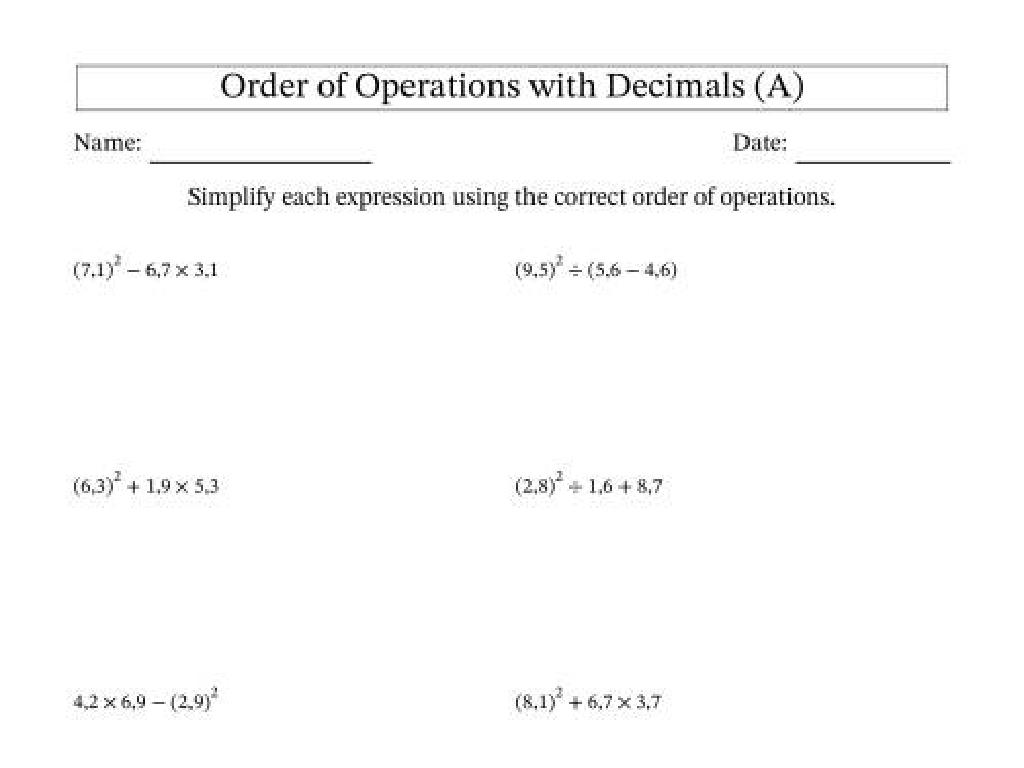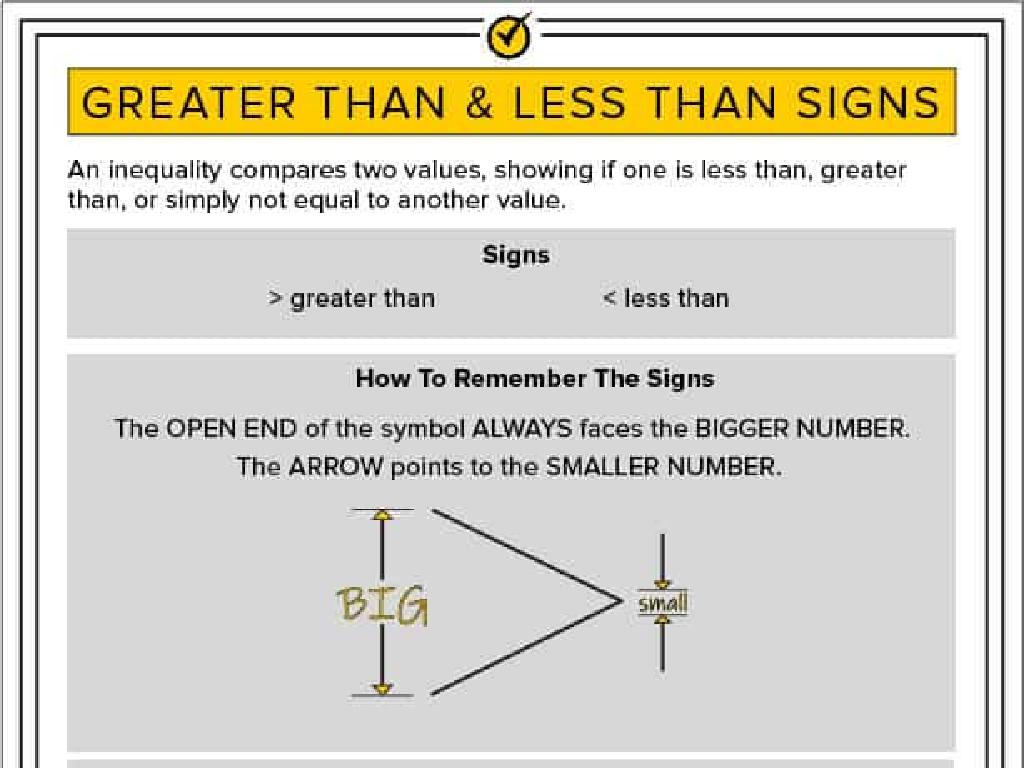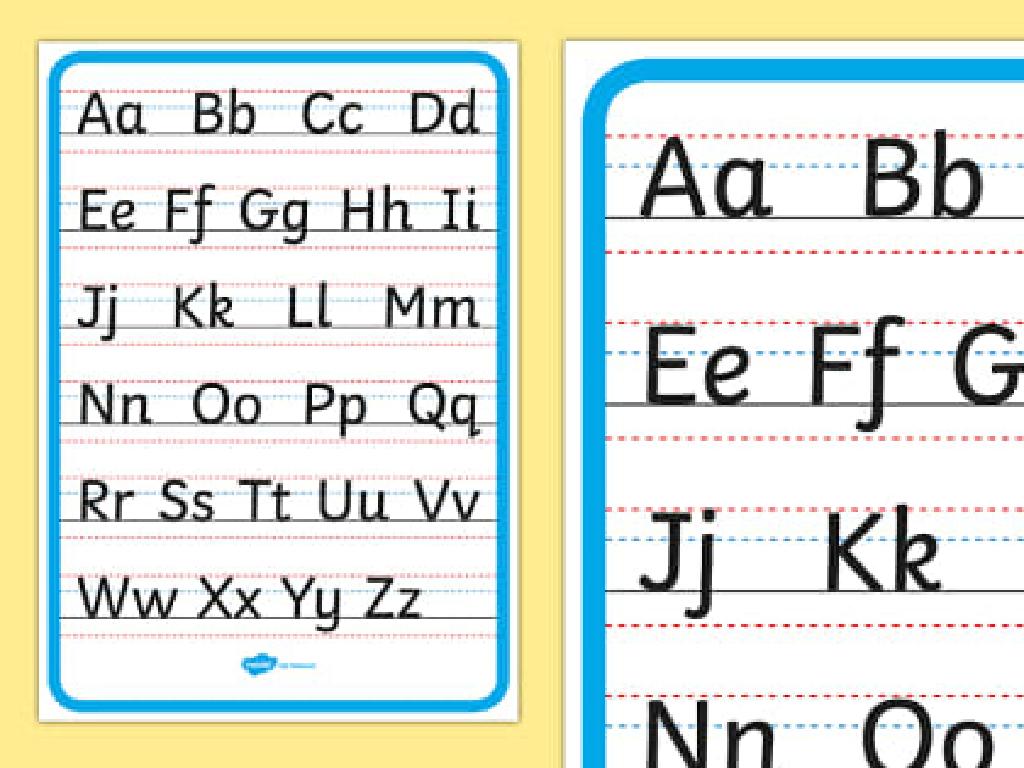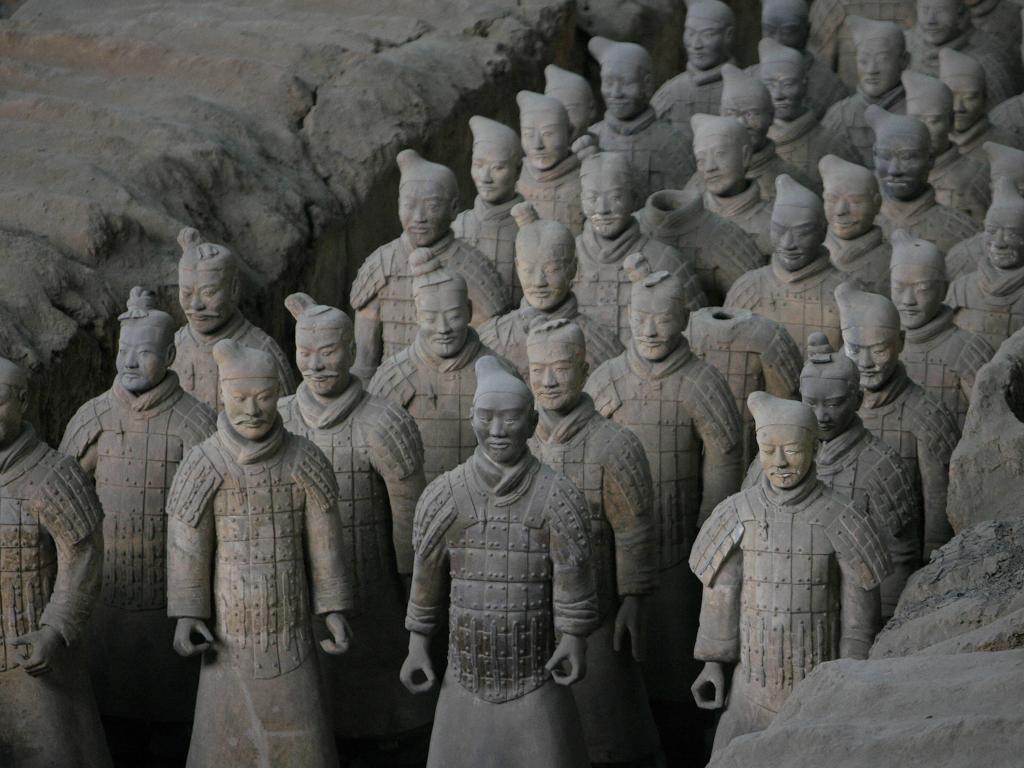Subtraction Sentences Up To 10 - What Does The Cube Train Show?
Subject: Math
Grade: Kindergarten
Topic: Understand Subtraction Up To 10
Please LOG IN to download the presentation. Access is available to registered users only.
View More Content
Welcome to Subtraction!
– Learning to take away numbers
– Subtraction means taking some away
– If you have 5 apples and eat 2, you have 3 left.
– Using cube trains for subtraction
– Cube trains show how many cubes we remove.
– Practice with numbers up to 10
– We’ll subtract numbers from 1 to 10 using cubes.
|
This slide introduces the concept of subtraction to Kindergarten students using a relatable and visual method – cube trains. Subtraction is explained as the process of taking away from a total amount. The cube train will serve as a physical representation of this concept, where cubes can be removed to show the result of a subtraction problem. Encourage the students to think of subtraction in terms of objects they interact with daily, like toys or snacks. During the lesson, guide them through several examples using cube trains to subtract numbers up to 10, ensuring they understand the concept of ‘taking away’. Prepare to assist them in creating their own cube trains and solving subtraction problems.
Learning Subtraction: Taking Away
– Subtraction means taking away
– If you have 3 blocks and give 1 away, how many do you have now?
– Numbers get smaller when we subtract
– Start with 10 fingers, put 2 down, count what’s left.
– Like eating some of our cookies
– Imagine having 5 cookies and eating 2, count the remaining cookies.
– How many cookies left?
– We’ll use a cube train to show subtraction with an example.
|
This slide introduces the concept of subtraction to Kindergarten students by relating it to a simple and relatable activity – eating cookies. Explain that subtraction is just taking away some from a total number. Use physical props like cookies or blocks to demonstrate subtraction visually. For example, show 5 cookies, eat 2, and then count the remaining cookies to illustrate the concept. Encourage the students to think about what happens when they have a certain number of items and some are taken away. The cube train can be a set of blocks that are connected and then separated to show the subtraction process. This hands-on activity will help them understand that the number of items decreases when we subtract.
Learning Subtraction Sentences
– Subtraction sentence structure
– A subtraction sentence includes numbers and a minus sign (-).
– Example: 5 – 2 = 3
– Taking 2 cubes away from 5 cubes leaves us with 3 cubes.
– ‘Difference’ in subtraction
– The result of subtraction is known as the ‘difference’.
– Cube train demonstration
– Using cube trains to show how subtraction works visually.
|
This slide introduces the concept of subtraction sentences to Kindergarten students. Start by explaining that a subtraction sentence is a way to show taking away using numbers and a minus sign. Use physical cube trains to demonstrate subtraction by removing cubes and counting what’s left. For example, show a train of 5 cubes, remove 2, and count the remaining 3 to illustrate 5 – 2 = 3. Emphasize the term ‘difference’ as the name for the answer in a subtraction sentence. Encourage students to use their fingers or objects to practice creating their own subtraction sentences and finding the difference.
Subtraction with Cube Trains
– Cube trains represent numbers
– Imagine a train made of 10 blocks stuck together
– Breaking trains shows subtraction
– When we remove some blocks, we’re subtracting
– Make a 10-block cube train
– Practice taking blocks away
– Let’s try removing 2 or 3 and count what’s left
|
This slide introduces the concept of subtraction to Kindergarten students using a hands-on approach with cube trains. Cube trains are a visual and tactile way to represent numbers and understand subtraction as ‘taking away.’ Start with a cube train of 10 blocks, then demonstrate how breaking off some blocks reduces the number, which is the essence of subtraction. Encourage students to make their own cube trains and practice removing a few blocks to see how many are left. This activity helps solidify the concept of subtraction by physically manipulating objects, which is very effective for young learners. Provide guidance and ensure each student is engaged in the activity.
Let’s Practice Subtraction with Cube Trains!
– Start with a cube train of 8
– Take away 3 cubes from the train
– Count the cubes left over
– How many cubes do we have now?
– Say the subtraction sentence
– For example: ‘8 minus 3 equals 5’
|
This slide is an interactive class activity designed to help Kindergarten students practice subtraction using physical objects like cube trains. Start by showing a cube train with 8 cubes, then physically remove 3 cubes while the students watch. Ask the students to count the remaining cubes to determine how many are left. This hands-on approach helps solidify the concept of subtraction by making it visual and tactile. Encourage the students to verbalize the subtraction sentence ‘8 minus 3 equals 5’ to reinforce their understanding. For the activity, you can have different cube trains prepared for each student or small groups to work with. Possible variations include using different numbers of cubes or asking students to remove the cubes themselves.
Subtraction is Fun!
– Subtraction means taking away
– If you have 5 blocks and take 2 away, you have 3 left.
– Use fingers or objects to subtract
– Try taking away 2 cubes from a stack of 6.
– Count what’s left to check work
– After subtracting, count to see if it’s right.
– Practice with cube trains
|
This slide introduces the concept of subtraction to Kindergarten students in a fun and interactive way. Subtraction is explained as the process of finding out how many items are left after some are taken away. Encourage the use of tangible objects like fingers or cube trains to help visualize the subtraction process. After subtracting, students should count the remaining items to ensure their answer is correct. This reinforces the concept and helps with number recognition. During the activity, students can use cube trains to subtract by physically removing cubes and counting what remains. Provide different scenarios for them to work through and encourage them to explain their thought process.
Class Activity: Build Your Own Cube Train
– Start with 10 cubes for your train
– Take turns removing cubes
– Each turn, one partner removes 1 or more cubes
– Say the subtraction sentence aloud
– For example, ’10 cubes minus 2 cubes equals 8 cubes’
– Write the subtraction sentence
– Example: 10 – 2 = 8
|
This interactive activity is designed to help Kindergarten students understand subtraction by physically manipulating objects and verbalizing the process. Students will work in pairs to build a train made of 10 cubes. They will then take turns removing a few cubes and forming a subtraction sentence based on the number of cubes taken away. After each turn, they should count the remaining cubes and write down the corresponding subtraction sentence. This hands-on experience reinforces the concept of subtraction as ‘taking away’ and helps students visualize the process. As a teacher, circulate the room to assist and ensure students are verbalizing and writing the sentences correctly. Possible variations of the activity could include using different numbers of cubes, starting with less than 10, or challenging students to reach a specific number of cubes left.
Subtraction Success with Cube Trains!
– Celebrating subtraction learning
– Subtraction shows ‘how many left’
– If we start with 10 cubes and take 3 away, we have 7 cubes left.
– Practice with cube trains
– Use your cube trains to subtract cubes and see the answer.
– Keep building subtraction sentences
– Try making sentences like ’10 – 3 = 7′ with your cubes.
|
This slide wraps up the lesson on subtraction with cube trains, reinforcing the concept that subtraction is used to determine the number of items remaining. Encourage the children to continue practicing with their cube trains at home, creating subtraction sentences to solidify their understanding. Remind them that subtraction is not just about taking away but also about finding out how many are left. Offer praise for their hard work and encourage a mindset of continued practice and improvement. Provide examples of how they can use subtraction in everyday situations, like sharing snacks or counting down days to a special event.






